The Context of the U.S.-Houthi Ceasefire
On May 6, 2025, after nearly two months of U.S. airstrikes against the Houthis, the parties abruptly agreed to a ceasefire brokered by Omani interlocutors. President Trump explained the agreement as “[the Houthis] said, please don’t bomb us anymore and we’re not going to attack [U.S.] ships.” The White House’s announcement did not include Israel in the terms of the agreement and reportedly caught Jerusalem by surprise.
The ceasefire was hailed as a victory by both Washington and Sanaa, as each sought to end the fighting in order to safeguard its own interests. However, the outcome—a return to the status quo ante rather than the imposition of a new reality on the Yemeni rebel group—suggests that the White House concluded, after a limited engagement, that its objectives were unattainable at an acceptable cost. The resulting U.S.-Houthi mutual non-aggression pact starkly contrasts with the campaign’s stated goal of restoring freedom of navigation, which is typically understood as the right of all ships from all states to safely traverse international waters.
As the New York Times reported, CENTCOM Commander Gen. Erik Kurilla initially envisioned an 8–10-month campaign to dismantle the Houthi regime and its military infrastructure. However, the White House sought tangible results within one month in order to justify continued operations and avoid being perceived as entering another “forever war.” The Houthis, for their part, appeared determined to deny the U.S. any public victories—allegedly concealing high-ranking casualties and continuing to fire on U.S. warships and Israel even after absorbing nearly two months of sustained U.S. airstrikes. While maintaining this offensive posture under constant bombardment may have strained Houthi capabilities, doing so constituted a core element of their survival strategy. By demonstrating that some of their military capacity remained intact and capable of inflicting limited damage, the Houthis reinforced the perception that the U.S. campaign would become an intractable and costly conflict—precisely the type of morass that President Trump sought to avoid.
It is worth noting that the U.S. loss of approximately $200 million in unmanned aircraft during the campaign underscores a broader, longstanding failure within the U.S. Department of Defense—one that extends well beyond Yemen or the Houthis. Specifically, the Pentagon’s dependence on expensive, outdated legacy systems reflects a continued shortfall in the procurement of more advanced, attritable, and cost-effective alternatives. Deploying such legacy platforms on the modern battlefield exposes a limited inventory of high-value assets to defeat by agile, often technologically inferior adversaries. Secretary of Defense Pete Hegseth has initiated efforts to address this systemic acquisition challenge—an attempted reform with implications far beyond the Yemeni theater. Whether Hegseth’s directives will yield significant improvements in streamlining U.S. defense procurement remains to be seen.
From the Houthis’ perspective, the fact that the regime was willing to reach an agreement with the United States is noteworthy, considering that their official slogan, al-sarkha (“the scream”), opens with “Death to America.” While Oman may have encouraged the Houthis to deescalate, Muscat’s ability to advance diplomatic outcomes is severely limited by the fact that the Houthis only engage in negotiations when doing so is absolutely essential to protect their strategic interests.
The Houthis’ receptivity to a deal suggests two possible explanations. First, the Houthis may have been under far greater pressure than they publicly acknowledged—whether due to the U.S. bombing campaign or fear that U.S. attacks would precipitate a ground offensive by Yemen’s anti-Houthi forces—and were therefore eager to end the hostilities as soon as possible. Second, they may have viewed the terms of the ceasefire as very limited concessions that did not compromise their core interests or operations. Most likely, it was the combination of sustained pressure from U.S. airstrikes and the availability of a low-cost exit from the conflict that made the ceasefire an attractive option to the regime.
Planning for What Comes Next
Over the past decade, the Houthi organization has followed a troubling trajectory—acquiring increasingly advanced weaponry from abroad, particularly from Iran; expanding its domestic military production capabilities; and cultivating ties with rogue actors from the Iran-led Axis of Resistance and beyond. While President Trump asserted that the Houthis had “capitulated” and “just don’t want to fight,” statements and actions from Houthi regime since the agreement took effect suggest the group has no intention of halting its attacks on Israel or Israeli-linked shipping. In fact, the Houthi regime has escalated its attacks on Israel following the U.S.-Houthi ceasefire, firing 13 missiles at it in the weeks following the deal.
In the wake of the U.S.-Houthi agreement, Israel must prepare to resolve the Houthi threat largely on its own. It should actively plan for several plausible scenarios in Yemen over the coming months. Given the rapid pace of events and the fluid nature of decision-making in key locales—including Washington, Riyadh, Aden, Sanaa, and Gaza—preparing for a wide range of contingencies is essential. Possible scenarios include the following:
- Testing U.S. Redlines
While Houthi media celebrated the ceasefire with the United States as a major triumph, the regime quickly faces the practical challenges of navigating the ambiguities of what appears to be an unwritten agreement. The Houthis pledged not to target U.S. ships, yet simultaneously announced their intent to maintain a maritime blockade on Israel—raising a difficult question: what happens if a U.S.-flagged or U.S.-owned vessel delivers goods to an Israeli port via the Red Sea?
Faced with this dilemma, the Houthis choose to strike a vessel linked to both the U.S. and Israel, betting that Washington’s appetite for renewed escalation remains low. President Trump views this action as a breach of the agreement and responds with a series of limited airstrikes that primarily target Houthi conscripts. Sensing the limited pushback from the U.S., the Houthis’ focus on probing and pushing back on Washington’s red lines. As long as their actions do not trigger a full-scale aerial campaign akin to Operation Rough Rider—or result in the targeted killing of senior leadership—they appear willing to absorb the consequences of these calibrated provocations. - Major Israel-Houthi Escalation
Sensing that the White House has no intention of returning to direct involvement in Yemen, the Houthis continue escalating against Israel. Changes in U.S. administration personnel begin to reflect a broader shift: traditional Republican voices on Israel and global security are sidelined in favor of the more isolationist MAGA wing of the Republican Party. While Washington maintains its support for Israel through arms sales and intelligence sharing, it views the Houthi threat as a regional issue that does not warrant the expenditure of military resources.
As the Houthis expand their target set to include all of Israel’s major ports and airports, Israel is compelled to respond with increasingly frequent and devastating strikes. The Houthis may even seek to provoke such a reaction, calculating that substantial collateral damage would bolster their domestic legitimacy by reinforcing their image as the defenders of the Palestinians and Yemen.[1] - Another Houthi Surprise
In the aftermath of a long-term ceasefire between Israel and Hamas, the Houthis suspend their attacks on Israel and shift their focus. The perceived U.S. disengagement from Yemen, coupled with the Gulf States’ inability to implement a unified and coherent strategy, convinces Houthi leader Abdelmalek al-Houthi that the time is ripe to consolidate control over all of Yemen.
This domestic pivot begins with a ruthless campaign to liquidate remaining political opponents and perceived challengers within Houthi-controlled areas and then proceeds to a broader effort to destabilize the anti-Houthi coalition. This could unfold through military offensives, diplomatic initiatives, or a sequence of the two. For example, the Houthis may escalate missile strikes and ground assaults against anti-Houthi forces in Yemen, and then follow up with a power-sharing proposal to the Presidential Leadership Council (PLC). Gulf sponsors of the PLC—eager to end Yemen’s 11-year civil war—may reach (formal or informal) understandings with the Houthis and then press the PLC to accept the ostensibly reasonable terms offered by Sanaa.
Of course, any such understandings would serve as a tactical maneuver for the Houthis to extend and tighten their control over Yemen. The group has demonstrated a consistent pattern of entering into partnerships to minimize resistance, only to marginalize and then eliminate their partners once they have been weakened or are no longer useful.
While the scenarios outlined above represent potential directions for the conflict, they are not intended as predictions. Rather, they illustrate the broad range of possible developments on the Houthi front and underscore the need to prepare for a conflict that is unlikely to unfold in a predictable manner.
In this context, Israel would be well advised to adopt several guiding principles when planning for contingencies:
- Recognize that while short-term dynamics may shift rapidly, the long-term trajectory of the Houthis as an increasingly dangerous and destabilizing force in the region has been consistent over the past two decades.
- Prepare to confront the Houthis alone, without direct support from international partners—even those with a vested interest in the group’s defeat. When faced with a very painful response that touches on their core interests—as the U.S. strikes did— the Houthis may consider tactical de-escalation, but only for a limited period.
- Leverage the alignment of interests between Israel and the Yemeni public, many of whom likely oppose the Houthi regime.
- Understand that the group aims to deepen its entrenchment in Yemen over time, and that failure to take decisive action now could lead to far greater challenges in the future.
[1] This was a more effective media strategy for the Houthis during the intense fighting between the Houthis and the Saudi-led coalition (2015-2022) in light of the considerable suffering endured by Yemeni civilians. Yet, during Operation Rough Rider the regime’s “rally around the flag” effort does not appear to have been especially effective for two possible reasons: 1) the strikes were targeted in a way that limited collateral damage and civilian casualties, 2) the public has largely internalized that the Houthi regime is a Hashemite project serving the interests of a radical ideological agenda rather than a project to defend broader Yemeni interests.
JISS Policy Papers are published through the generosity of the Greg Rosshandler Family.
Photo: IMAGO / Hamza Ali







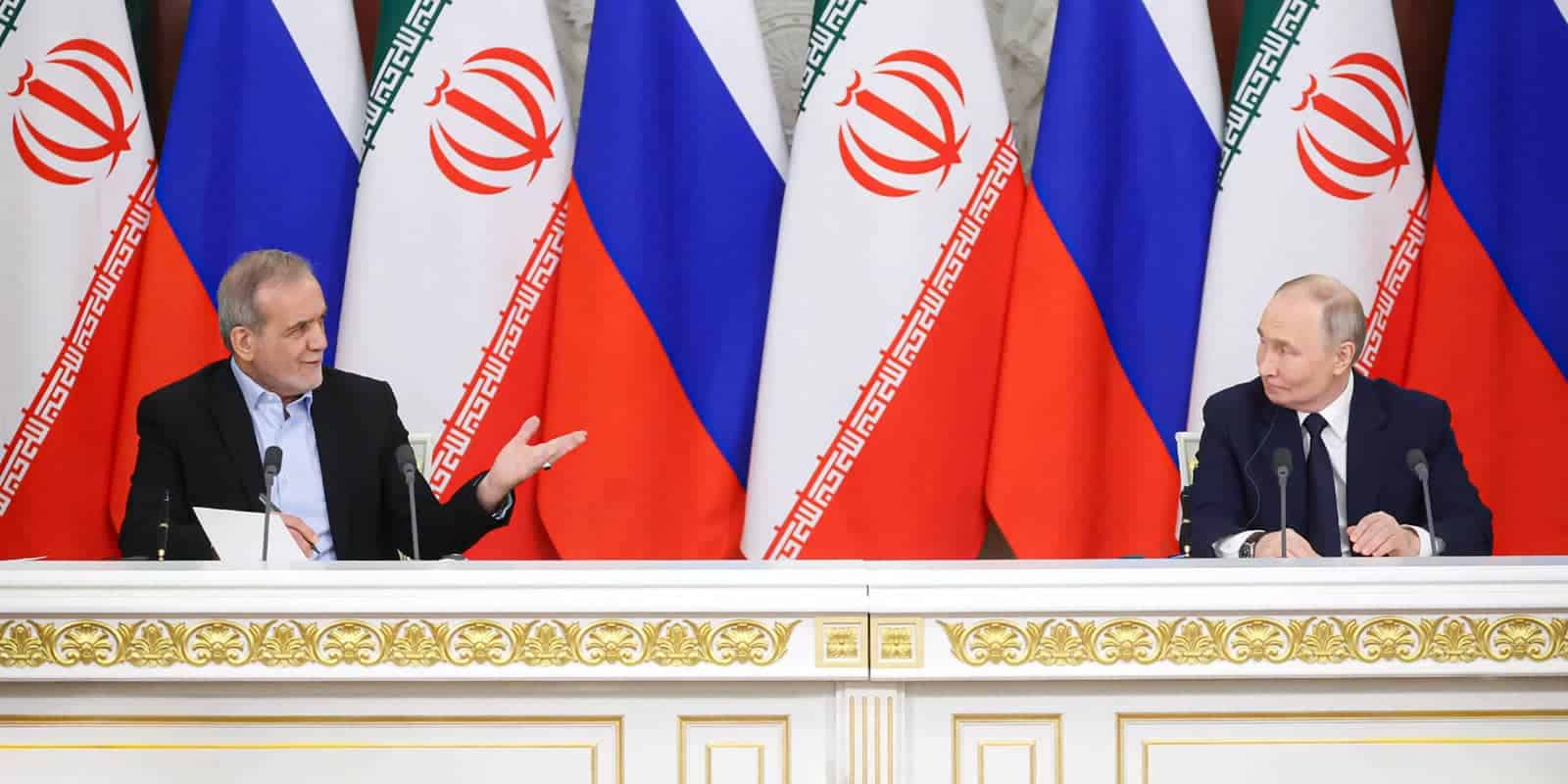
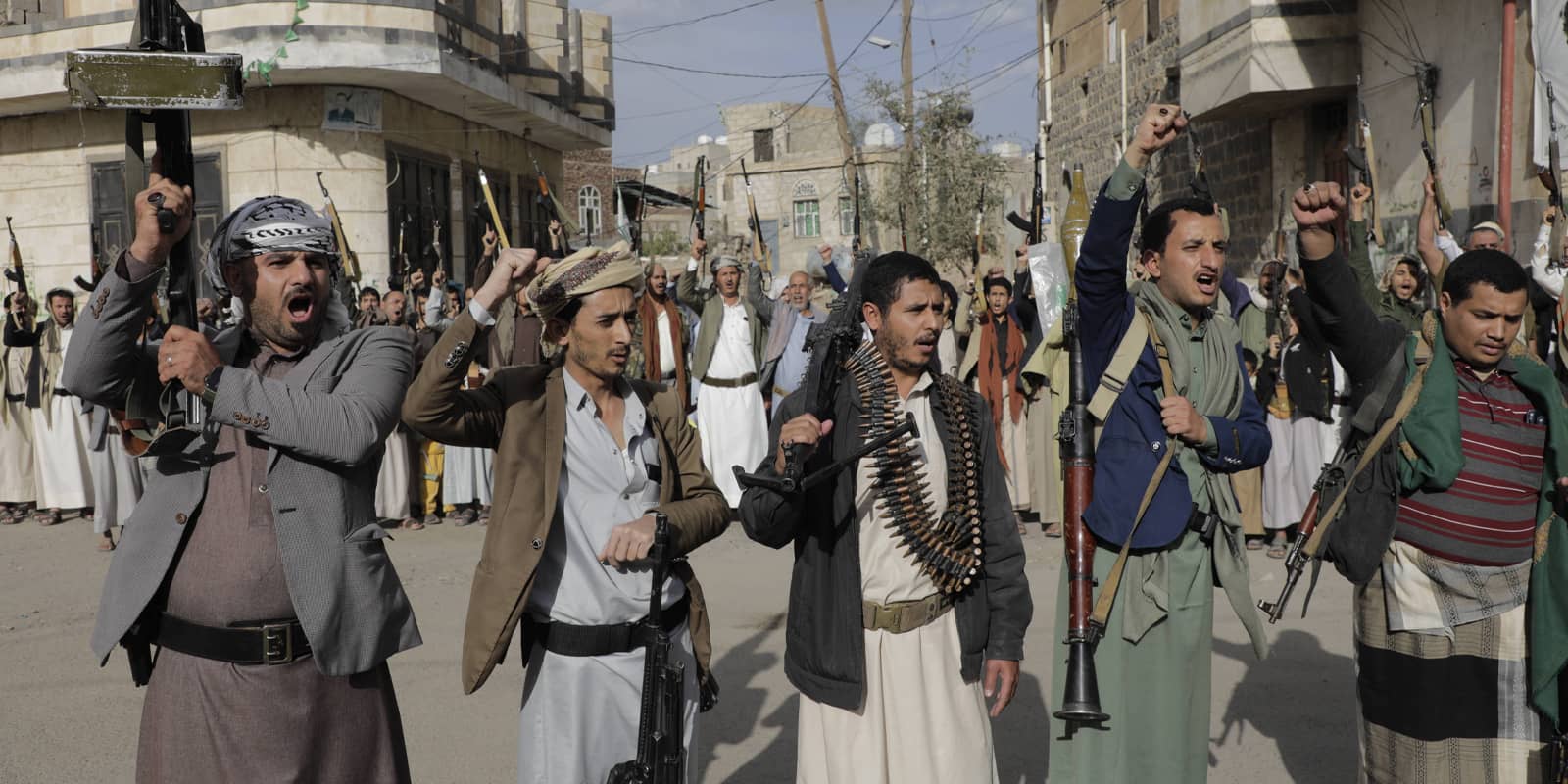
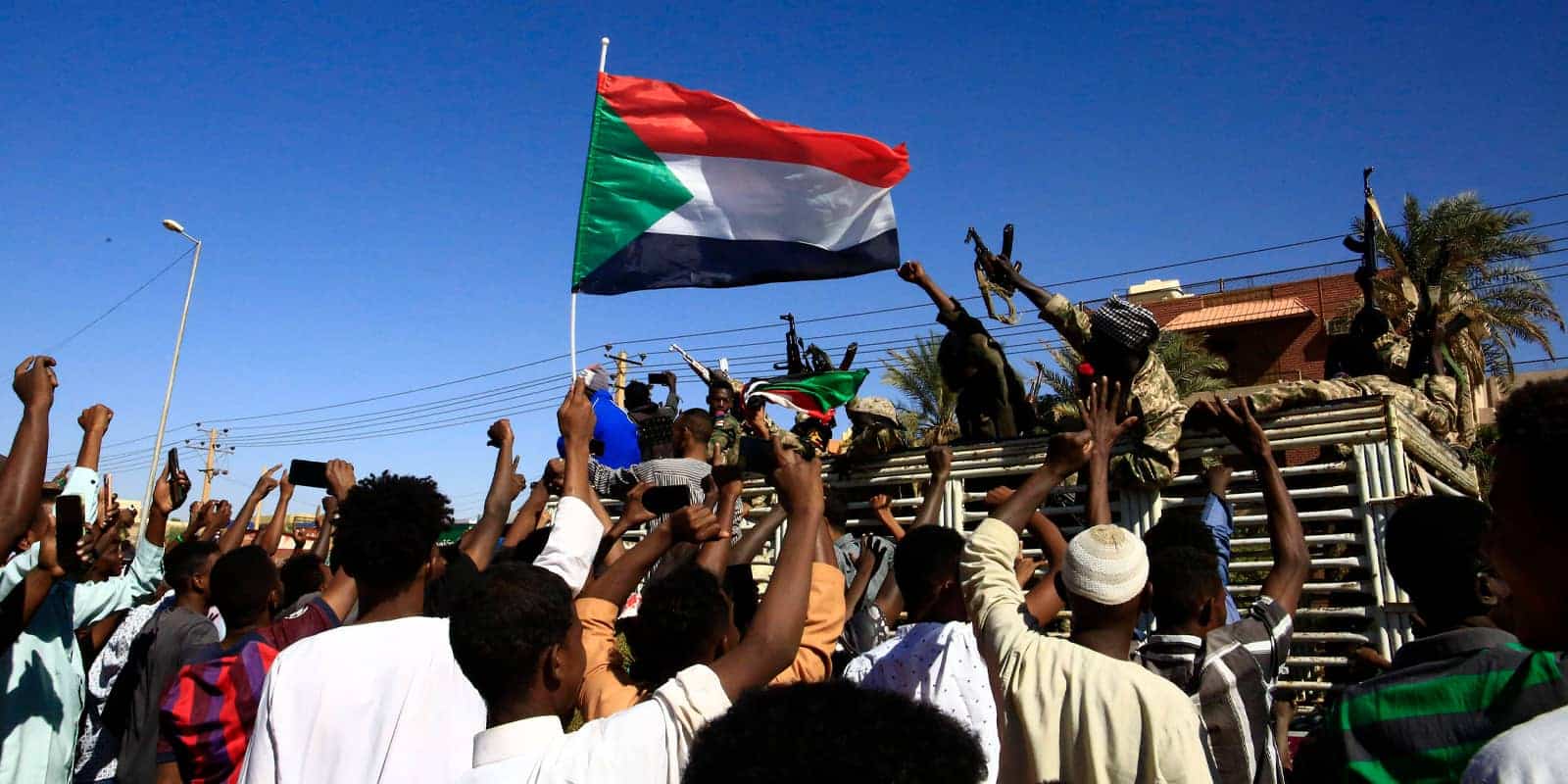


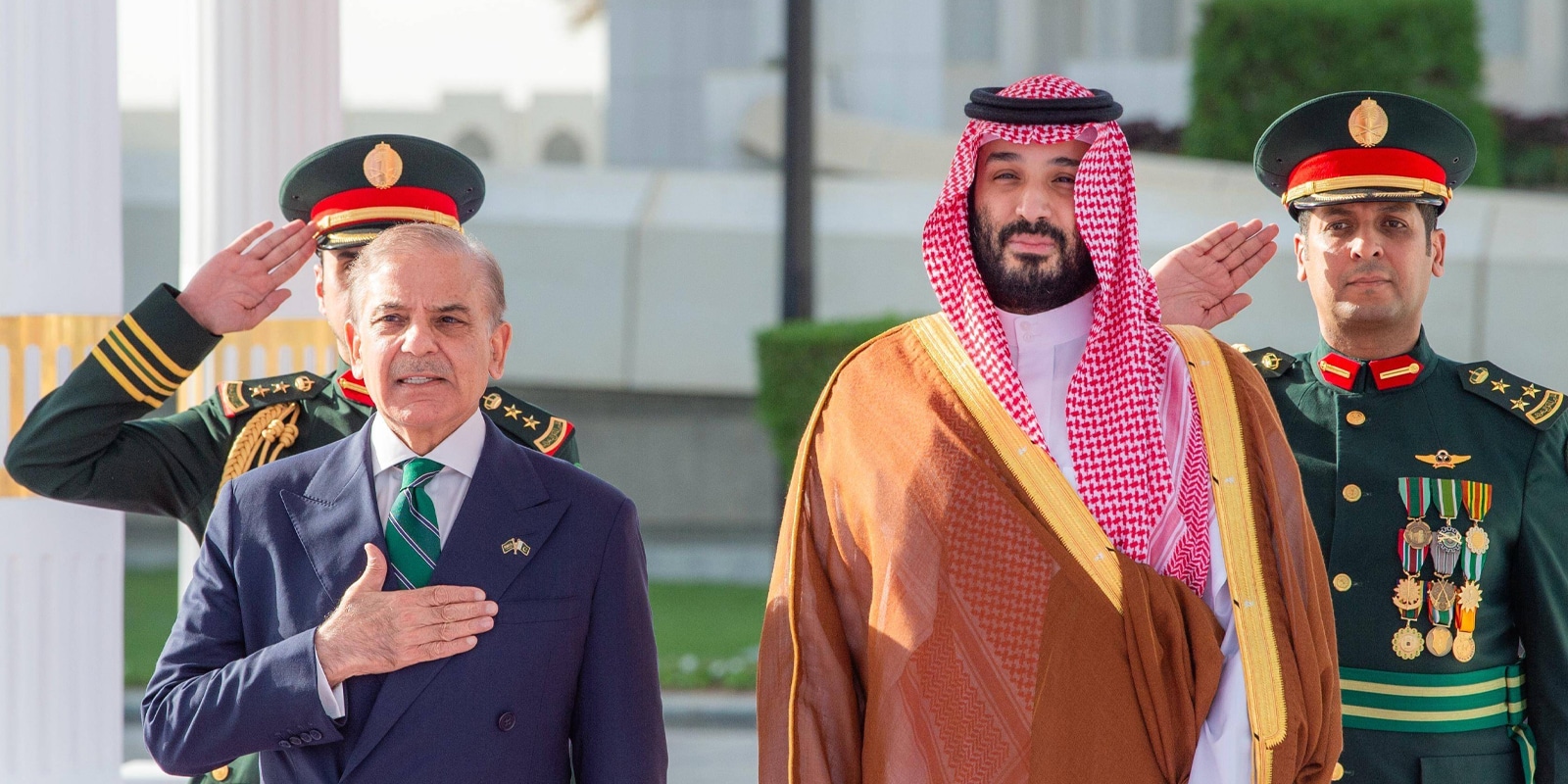
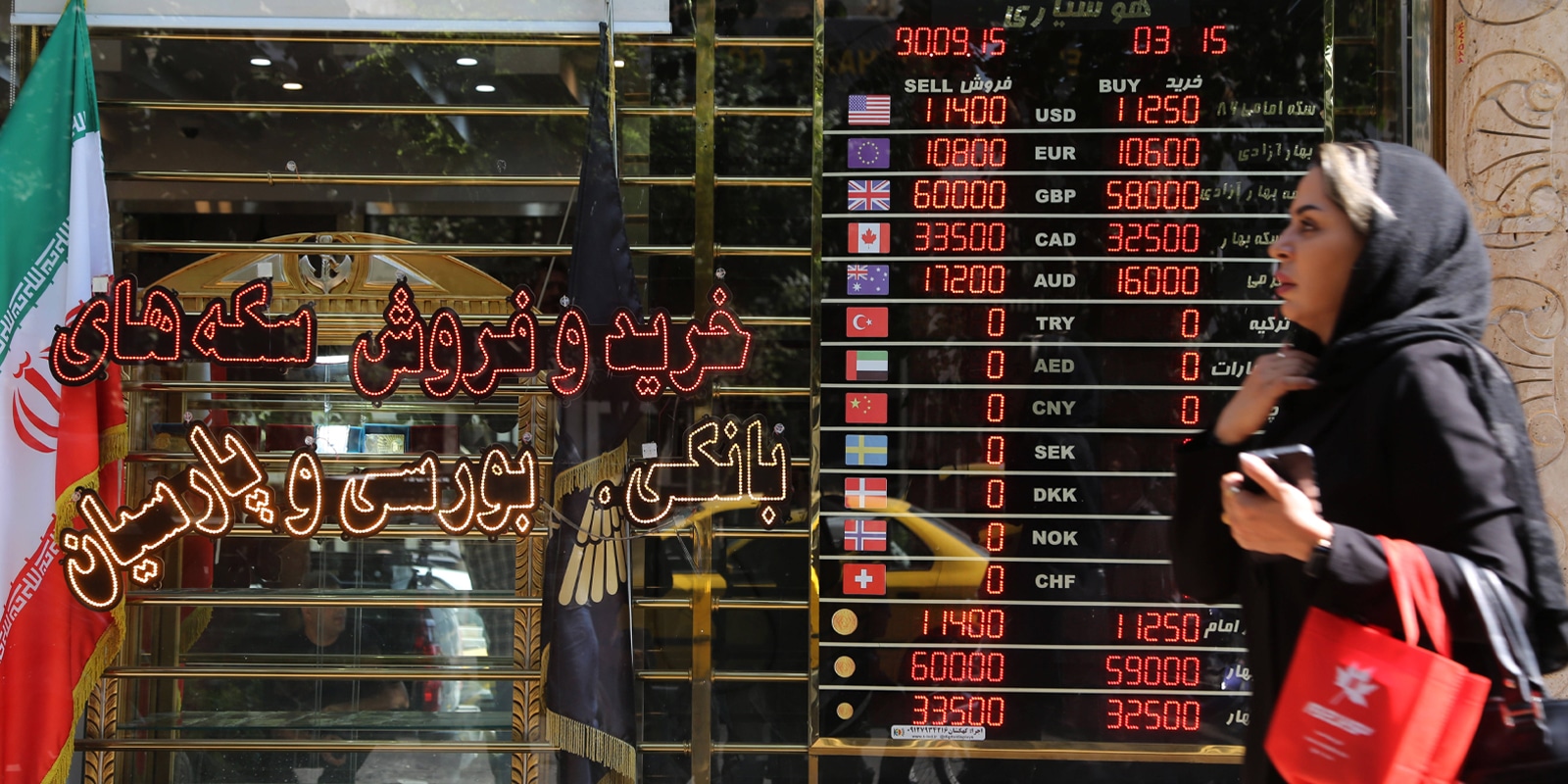

Hamas’s Battle with Gaza’s “Rogue Clans” in the Eyes of the Palestinian Public